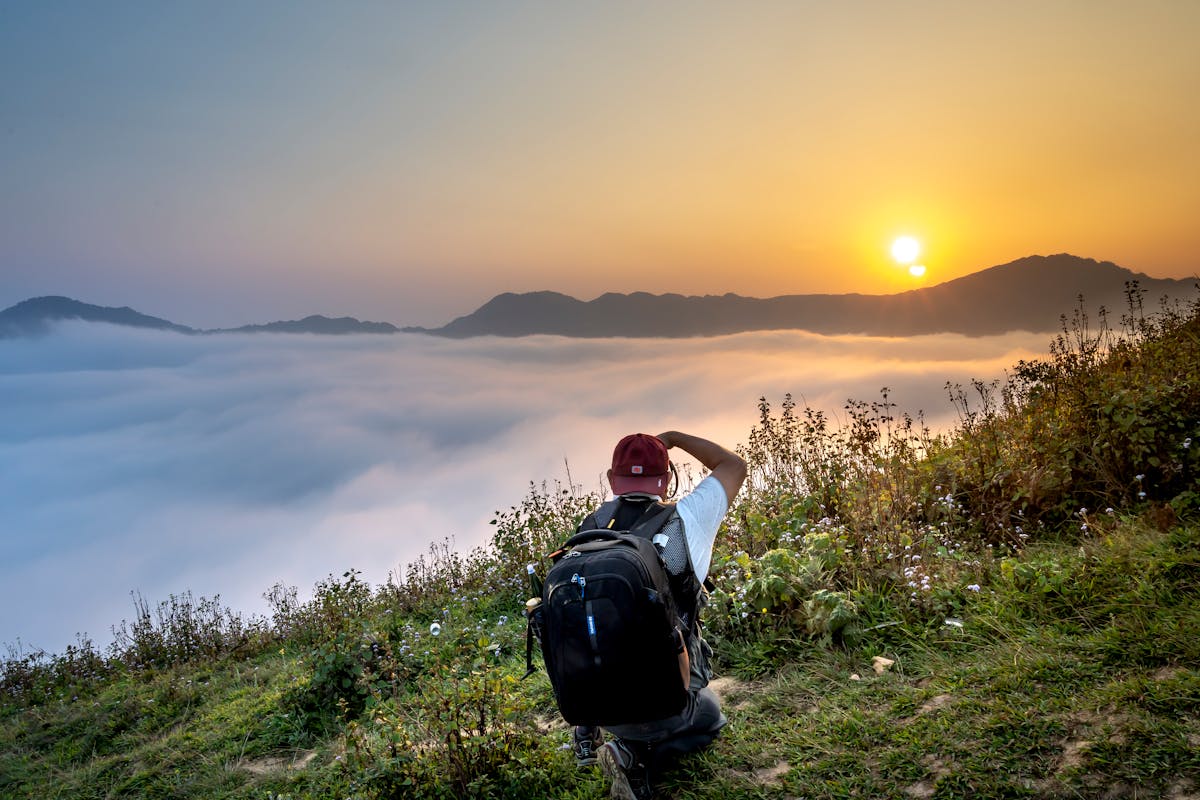
Creating Stunning Travel Photography: Tips for Capturing Your Adventures
Travel photography is more than just snapping pictures of beautiful locations; it’s about telling a story, capturing the essence of a place, and preserving memories that will last a lifetime. Whether you’re exploring a bustling city, hiking through remote wilderness, or lounging on a pristine beach, capturing stunning travel photos requires more than just a good camera. It requires an eye for detail, an understanding of lighting, and a willingness to immerse yourself in the moment.
In this article, we’ll explore tips and techniques that can help you create breathtaking travel photography that not only documents your journey but also evokes the emotions and experiences of the places you visit.
1. Plan Ahead, But Stay Spontaneous
Preparation is key to successful travel photography. Research your destination to identify iconic landmarks, hidden gems, and the best times to visit each location. Knowing when the light is at its best—such as during the golden hour, just after sunrise or before sunset—can make a significant difference in the quality of your photos.
However, while planning is essential, it’s equally important to remain open to spontaneous opportunities. Some of the best travel photos are the ones you don’t plan for—an unexpected street performance, a fleeting moment of local life, or a sudden change in weather. Keep your camera ready and your senses sharp to capture these unplanned moments.
2. Embrace Local Culture
To truly capture the spirit of a place, immerse yourself in the local culture. Engage with the people, attend local events, and explore beyond the typical tourist spots. Photos of local markets, traditional ceremonies, or daily life in a small village can offer a more authentic perspective of your travels.
When photographing people, always ask for permission first, and respect their privacy if they decline. Building a rapport with locals can lead to more natural and genuine portraits that tell a story beyond the surface.
3. Master the Art of Composition
Good composition is the backbone of stunning travel photography. Use techniques such as the rule of thirds, leading lines, and framing to create visually appealing images. The rule of thirds, for instance, involves dividing your image into a 3×3 grid and placing the main subject along the grid lines or at their intersections. This simple technique can create balance and draw the viewer’s eye to the most important parts of the image.
Experiment with different angles and perspectives. Don’t be afraid to get low to the ground, shoot from a high vantage point, or capture reflections in water or glass. Unique perspectives can transform a standard shot into something extraordinary.
4. Focus on Lighting
Lighting can make or break a photograph. Natural light is often the best choice for travel photography, especially during the golden hour. Soft, warm light during this time can add a magical quality to your photos, enhancing colors and textures.
If you’re shooting indoors or in low-light conditions, consider using a tripod to avoid camera shake. You can also experiment with artificial lighting, such as street lamps or the glow from a window, to create mood and contrast in your images.
5. Tell a Story
Travel photography is not just about capturing isolated images; it’s about telling a story. Think about how your photos will work together to narrate your journey. Capture wide shots to establish the setting, mid-range shots to show interactions and activities, and close-ups to highlight details.
Consider creating a photo essay or a series of images that follow a theme, such as the colors of a city, the faces of a market, or the journey from sunrise to sunset. A well-curated series of photos can convey the atmosphere and emotions of a place more effectively than a single image.
6. Capture the Details
While it’s tempting to focus on grand landscapes and iconic landmarks, don’t overlook the small details that make a place unique. Close-up shots of textures, patterns, and colors can add depth to your travel photography and provide a more intimate look at your surroundings.
For example, the intricate designs of local crafts, the vibrant colors of street art, or the patterns in the sand on a beach can all serve as compelling subjects. These details can also complement your wider shots and add variety to your travel photo collection.
7. Edit with Care
Post-processing is an essential part of modern travel photography, but it’s important to edit with care. Use editing software to enhance the colors, contrast, and sharpness of your images, but avoid over-processing. The goal is to enhance the natural beauty of the scene, not to create something that looks artificial.
Consider creating presets for different types of photos, such as landscapes, portraits, or night shots. This can help you maintain a consistent style throughout your travel photos.
8. Incorporate Yourself into the Photos
Don’t forget to include yourself in your travel photos! Whether it’s a candid shot of you exploring a new location or a carefully composed self-portrait, these images can add a personal touch to your travel photography.
A fun and creative way to do this is by finding a photo booth or buy a roaming photo booth during your travels. Photo booths can often be found in tourist areas, and they offer a unique and nostalgic way to capture a moment in time. The strip of photos you get from a photo booth can serve as a charming keepsake that complements your more polished travel shots.
9. Be Patient
Travel photography often requires patience. Whether you’re waiting for the perfect light, waiting for a crowd to clear, or waiting for an animal to come into view, patience can lead to better results. Don’t rush your shots. Take the time to observe your surroundings and wait for the right moment to press the shutter.
10. Practice and Experiment
Finally, the best way to improve your travel photography is through practice and experimentation. Try different techniques, play with your camera settings, and don’t be afraid to make mistakes. The more you shoot, the more you’ll learn about what works and what doesn’t.
Conclusion:
Travel photography is a powerful way to document your adventures and share your experiences with others. By following these tips and techniques, you can create stunning images that not only capture the beauty of the places you visit but also tell the story of your journey. So grab your camera, hit the road, and start capturing the world one photo at a time.



